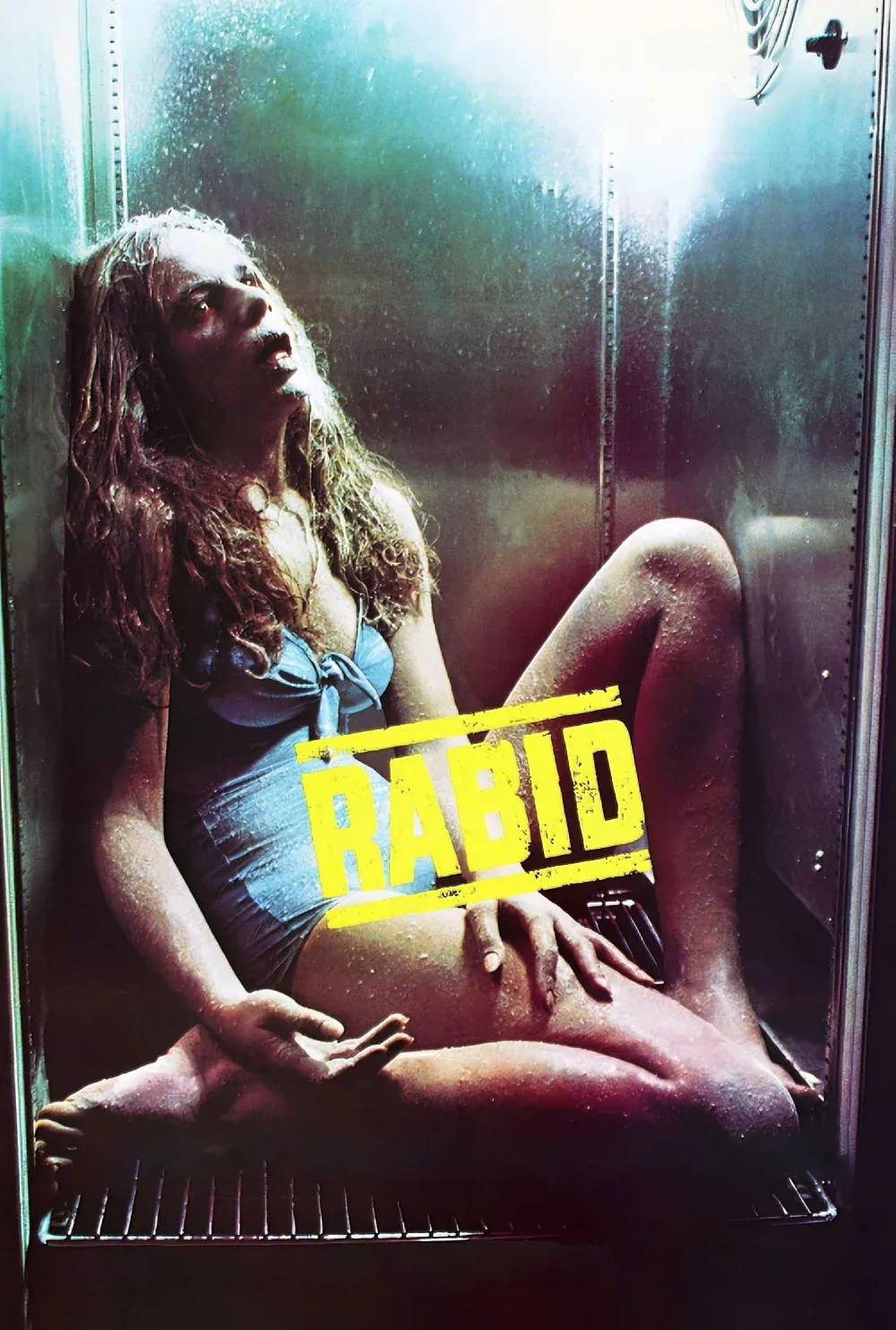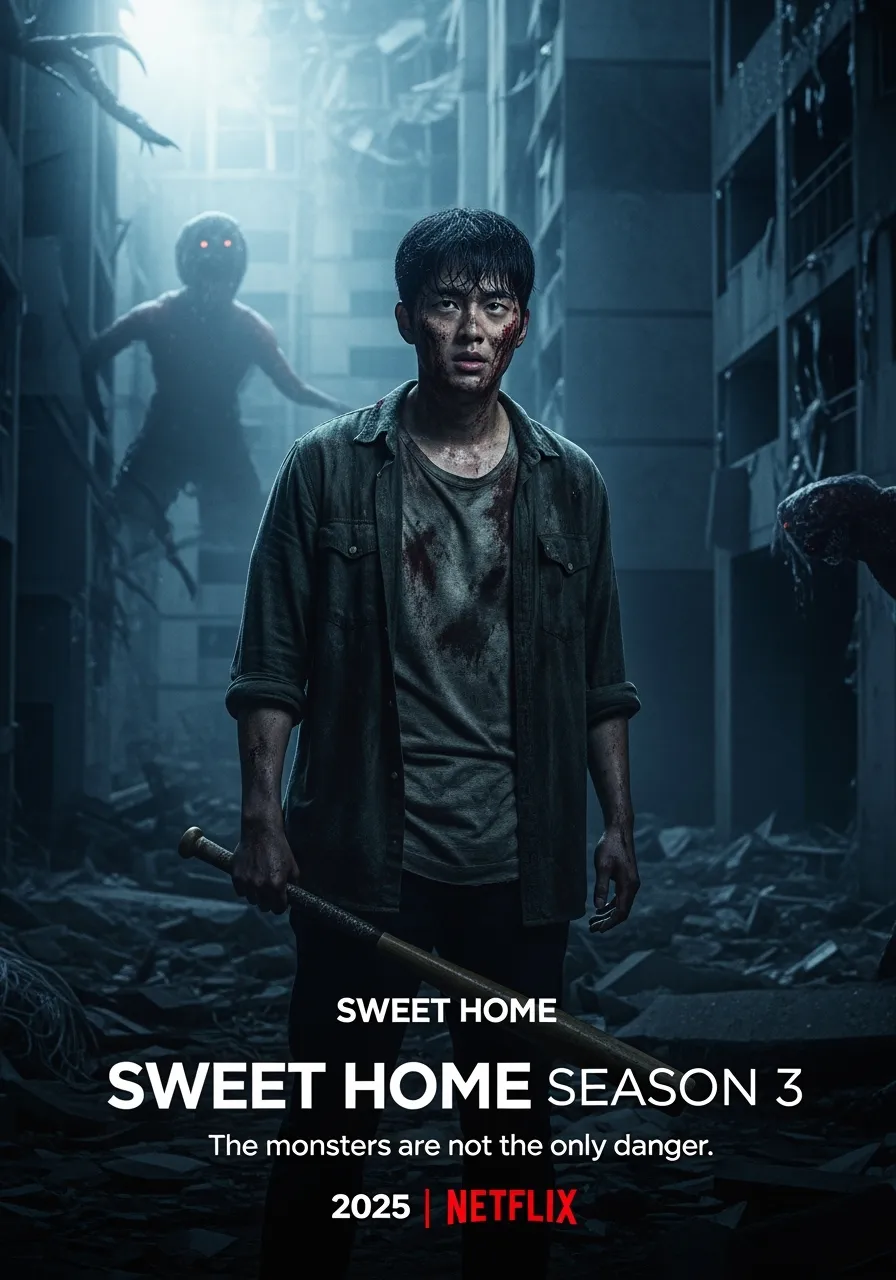Desire is a disease. And in David Cronenberg’s Rabid, it’s terminal.
Before the body horror genre had a name, Rabid carved it into the flesh of cinema. This 1977 film marked Cronenberg’s second feature and laid the groundwork for the twisted, cerebral nightmares that would later define his legacy. With erotic unease, surgical dread, and social breakdown oozing from every frame, Rabid is a visceral scream from the dark side of science—and sexuality.
🧠 Plot Overview: The Infection of Innocence
After a gruesome motorcycle crash outside Montreal, Rose (played by adult film star-turned-actress Marilyn Chambers) is rushed to the experimental Keloid Clinic. Surgeons save her life with a radical skin graft procedure—but something goes wrong. Rose awakens with a grotesque mutation: a phallic, blood-sucking appendage hidden in her armpit.
As she feeds on the unsuspecting, a rabies-like virus spreads through the city, turning victims into mindless, foaming aggressors. What begins as one woman’s transformation becomes a full-blown urban apocalypse. And no one is immune.
🎭 Characters and Performances: Sex, Shame, and Symptom
Marilyn Chambers delivers a hypnotic, otherworldly performance as Rose. She’s vulnerable, alluring, and terrifying—all at once. Her transformation from wounded woman to parasitic predator unfolds without villainy or malice; she’s not evil, just hungry. Cronenberg weaponizes her beauty to explore how female sexuality is feared, fetishized, and pathologized.
The supporting cast—primarily Frank Moore as her boyfriend Hart—struggles to contain both the emotional fallout and the literal viral chaos. But it’s the city itself, growing more infected and volatile by the hour, that becomes the film’s true character.

🎬 Direction and Visual Style: Flesh as Frontier
Cronenberg directs Rabid like a surgical autopsy of desire. Sterile clinics, grimy alleyways, and decaying cityscapes form a claustrophobic backdrop to a contagion that spreads not just through contact—but through longing. The practical effects are understated but unforgettable—Rose’s armpit stinger, the glazed eyes of her victims, the frothing collapse of society.
Unlike more sensationalist horror films of its time, Rabid finds horror in biology. The camera lingers not on screams, but on reactions—shock, confusion, denial—mirroring a culture unsure of how to treat a woman who refuses to conform.

🧬 Themes: Disease, Desire, and the Fear of the Feminine
At its core, Rabid is a body horror parable about control—of the body, of sexuality, and of public order. It explores how scientific intervention can twist nature, how society fails to respond to crisis, and how women’s bodies are often seen as the source of contagion—both literal and moral.
Rose is both victim and carrier, stripped of agency by the very science meant to save her. In doing so, Cronenberg crafts an allegory about fear: not just of illness, but of female autonomy in a world built to suppress it.
✅ Final Verdict: A Chilling Cult Classic That Still Bites
Rabid is a raw, intelligent, and deeply unsettling piece of early Cronenberg—melding exploitation with introspection. It doesn’t rely on jump scares, but on an encroaching sense of doom, the kind that seeps into your skin and never quite washes off.

⭐ Final Rating: ★★★★☆ (8.5/10)
Unflinching, erotic, and disturbingly prescient—Rabid infects you slowly… and leaves a scar.
Directed by: David Cronenberg
Written by: David Cronenberg
Starring: Marilyn Chambers, Frank Moore, Joe Silver
Genre: Body Horror / Sci-Fi / Psychological Thriller
Release Date: April 8, 1977
Runtime: 91 minutes
#Rabid1977 #DavidCronenberg #BodyHorrorClassic #MarilynChambers #InfectionCinema #FleshAsTerror #CultHorror #FearOfDesire

-1748427036-q80.webp)


-1747716802-q80.webp)